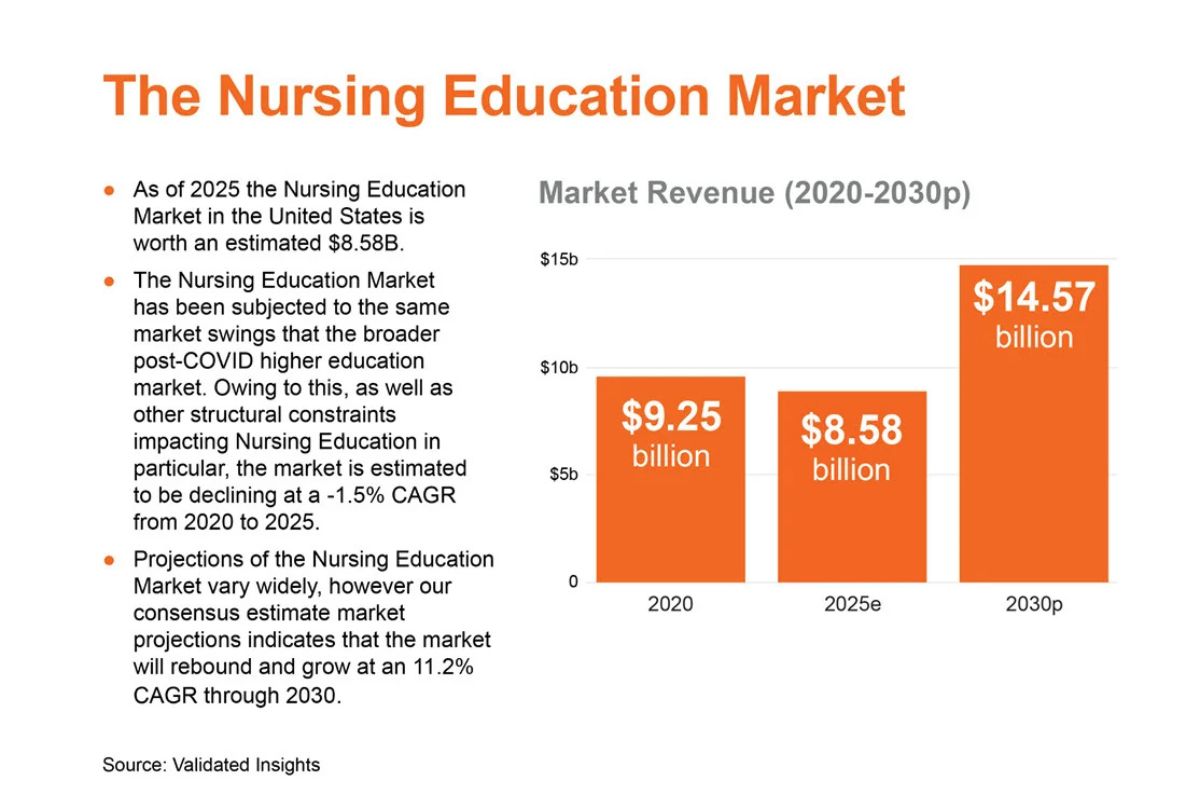Enabling the next generation of education through 5G

If you were to compare the classroom of today with one from the 1800s, the core concepts would not be so different. Children still sit at desks, work through textbooks, and often rely on their imagination to picture scenes from history.
As the pandemic highlighted, it is a very inflexible model, with UNICEF estimating that 1.8 trillion hours of in-person teaching was lost. The impact of this was seen this year in the UK’s latest GCSE results, with the number of students attaining top grades falling significantly from pre-pandemic levels.
On top of the academic impact, there was also social damage as students couldn’t connect with their classmates or form new connections—crucial soft skills for any person to have if they want to be successful in later life and the impact of which is still being felt today.
Fortunately, many schools and universities have now woken up to the need to modernise education. They are beginning to use new technologies such as augmented and virtual reality to take students back in time or shrink down to view atoms and cells, creating more immersive and engaging lessons for students. However, for these new technologies and practices to succeed, they must have connectivity networks that are flexible, resilient and reliable enough to deliver these next-generation experiences.
The key to making it happen is to invest in connectivity infrastructure that supports these technologies. For example, 5G cellular routers that can be easily deployed and managed in a matter of days can greatly boost the bandwidth available to schools without the need to lay new cables. By doing this, schools can help their staff and students catch up on lost time and make the most of new ways of learning to help students put themselves in the best position to succeed in later life.
Catching up on lost time
Teachers have struggled to make up for lost time since the middle of the pandemic, with many schools suffering from both pupils and teachers being sent home for illness or students prevented from attending class due to extreme weather. It is crucial school leaders, and the Department of Education look for ways that can keep everyone connected no matter the situation. For example, implementing networks that can ensure even the most disadvantaged students can remain connected means students can catch up and stay on top of school work no matter where they are.
Private Cellular Networks’ (PCN) are one example of an approach to connectivity that can provide long-term opportunities for schooling. PCNs offer schools a low cost, flexible, and reliable network that can be rolled out in a variety of locations. For example, university campuses. Ensuring students can access online materials in a secure way no matter where they are based.
Likewise, schools can use cellular connectivity to ensure students can access online materials whilst on the move. For example, Cradlepoint has already worked with schools in the US to connect school busses. Combined with the CIPA-compliant content filters, application-level control, and built in network security, students were able to safely check class schedules, complete assignments and study for exams while not being physically at the school.
By integrating these abilities with a cloud management platform means IT staff do not need to physically go to the router locations to update software, or troubleshoot network problems. Instead, it can all be managed from a single network management console at central offices.
Deploying 5G routers ensures that no matter the situation, illness or other obstacles preventing students from getting to the classroom, they can still connect to the education resources they need. As well as this, cellular connectivity provides more reliability for everyday activities, such as supporting online assessments, viewing school sports events or streaming footage from CCTV cameras for security.
It’s time for students to get what they need
Ofcom recently estimated that between 1 to 1.8 million children did not have access to a laptop or tablet. Meanwhile, 6% of UK families struggled with broadband costs. Therefore, the need to support these families so they are not left behind is huge. As the UK government works on levelling up the entire country, it is vital that they ensure every student has access to reliable, secure, and effective connectivity within the education system.
There is a need to bring our education system into the 21st century. Creating a more resilient and flexible system is essential to dealing with disruptions that can affect students – whether through extreme weather or the rising cost of living, preventing travel. Likewise, using the latest technology can be a game-changer in providing students with the skills they need for later life. For these reasons, schools need to invest in the infrastructure to support this. Reliable connectivity is no longer just a nice to have but an expectation for the future of education.
By Steven Winter, Public Sector Regional Sales Manager, Cradlepoint











Better connectivity and different modes of teaching with the help of AI could help a lot. But I have to ask if FE is able to manage it.
It’s 8.05 am on Boxing Day as I write this and my automated systems show three college websites have already crashed today. Two are back up after 10-15 minutes but the other is still down. And I’ll bet senior staff are never made aware of the problem even IF IT notices it.
From my time as a consultant I know the above is far from unusual. Many colleges have very poor IT systems. And many senior staff are unaware of how bad it really is.